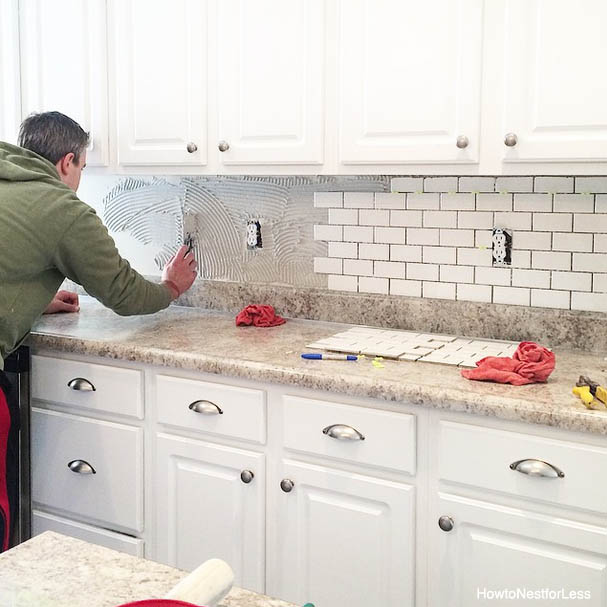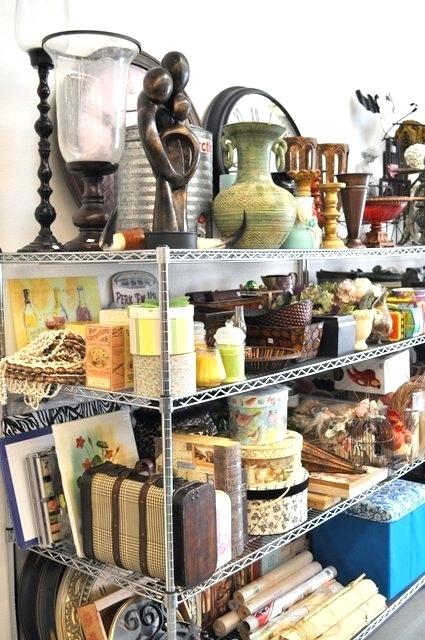Simple Kitchen Fixes

Whether you are planning on selling your home or just want to spruce it up a bit, the kitchen is the main attraction and heart of your home. You don’t have to do an expensive remodel to improve the space! Here are a few tips to get your kitchen looking great and up-to-date.
-
- Cabinets are on prominent display in your kitchen, and should look great. Clean them up and give them a coat of primer and paint. White, as well as neutrals like grey or taupe, gives a clean look and brightens up the space, and all work well with pops of color around the kitchen. Darker colors work best in large kitchens, and bright colors can be the star against neutral wall colors and decor. Click here for more cabinet painting tips from HGTV.
-
- Refurbish with new cabinet doors. This can be a little more expensive, but not as costly as replacing all of the cabinetry. You can even ditch the doors and use open shelving for a modern, clean feel.
-
- Change out the hardware on drawers and cabinets. Have an idea of what you want before you go to a home store to purchase the pieces, because there are so many choices available. Classic styles are best if you plan on putting your home on the market.
-
- Not only would it protect walls from liquids and grease, but adding a tile backsplash gives a whole new look to your kitchen. Thanks to advances made in peel-and-stick technology, double adhesive mats are strong enough for tile, and you can do this yourself with very little tile installation knowledge. This video from Ask This Old House shows step-by-step how to use this improved material and save time and money while updating your kitchen.
-
- Give your sink a makeover simply by replacing the faucet and the handles.
-
- Countertops dated and unattractive? Replacing them doesn’t have to be a big expense; some laminates look like the real thing and cost much less. Styles include look-alike marble and faux granite.
-
- Add a dash of style to cabinets with glass doors by papering the inside of the cabinet. Con-Tact© paper or any self-adhesive shelf liner is perfect for this small project. Amazon carries many designs to choose from.
-
- Installing a new light fixture can make a big difference in your kitchen, and doesn’t have to break the bank. Look in thrift stores, consignment shops, or yard sales, and give an old fixture a facelift with some spray paint! If you’re unsure about installation, call an electrician or handy person to change the old to the new.
If you decide to make just one change, or several, make a budget, stick to it, and stretch the makeover out over a few months so you don’t overspend. For potential buyers to come in and see a clean, new-looking kitchen, or simply having your family and friends spend more time in the refurbished space, a simple update can make a big impact.
Courtesy of New Castle County DE Realtors Tucker Robbins and Carol Arnott Robbins.
Photo credit: howtonesstforless














